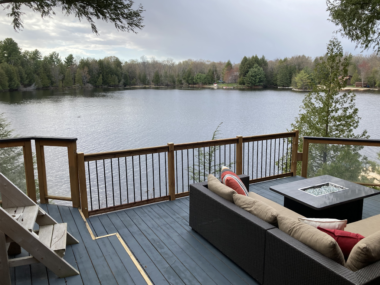If you are in the market for a new Steinway piano, then you are in luck. There are many different models and sizes to choose from, and there is no better brand of piano to get your feet wet with than Steinway. Here are some things to consider when shopping for your new piano. Models, construction, sound, and more will help you narrow down your choices. Here are some of our favorites. You will be glad you did!
Models
A limited-edition series of Steinway pianos, named for Beethoven’s famous Rhapsody in Blue, has recently been introduced. Designed by internationally renowned Frank Pollaro, this model features a blue dyed maple veneer with 400 mother of pearl stars. In addition, its music desk is topped with a New York skyline silhouette, and the hardware is finished in highly polished nickel-plate. As for its sound, this piano has a unique cantilever effect, allowing the pianist to hear every note with the piano.
The full-sized concert grand model is a spectacularly beautiful instrument. However, before purchasing one, make sure to consider the room in which it will be played. While a larger concert hall may require a full-sized grand piano, a mid-sized church or theatre would be perfect for a semi-concert-sized grand piano. All Steinway Mason Hamlin Piano models are handcrafted to a high standard and are made to suit a variety of playing needs.
Sizes
There are several different sizes of Steinway pianos, so it’s important to know the difference between them. In addition to the actual size, the model number is a key indicator of price. Steinway has a long history of producing excellent pianos, and the company’s founder, Heinrich Engelhard Steinway, was a major figure in the piano business. He built his first piano in 1836 and eventually made 482 different models during his lifetime. He eventually immigrated to the United States and founded his company on Varrick Street on the West Side of Manhattan. The company began manufacturing square grand pianos and later moved to the East Coast.
There are several sizes of Steinway Mason Hamlin pianos, and they vary widely in both shape and sound. Models range from the compact Model A to the full concert grand piano. However, it is important to understand what the different sizes mean for different environments. If you’re considering purchasing a Steinway piano for a concert hall, you’ll want to choose a model that will fit into the space. Large concert halls and churches usually require a larger piano, while mid-size churches and theatres will accommodate a medium-sized model.
Construction
A New York Times reporter tracks the building of a brand new Steinway piano from start to finish. The journalist, James Barron, takes us inside the Steinway factory and meets the people who make these magnificent instruments. From second and third generation Steinweg employees to recently arrived immigrants, we learn about the anti-manufacturing process used to create the world’s most renowned piano. We learn about the process that enables Steinway to produce such a high-quality instrument.
The building where the pianos are built begins in a complex of red brick buildings. When Ulysses S. Grant laid out the factory complex, he knew where the sawdust needed to go. Workers still track sawdust home at the end of the day, and the floors are old and worn. Workers watch airplanes taxiing over La Guardia Airport, and they even know where the dips are on the floor.
Sound
If you’re looking for a piano that sounds like a Steinway, there are a few things to consider. First of all, you should consider the type of action. Many people choose a Steinway because of the rich, warm sound. Others prefer a Shigeru or Yamaha because of the smaller, lighter weight. But which type of action is best for your needs? This article will discuss some of the common reasons why you should choose one over another.
The key difference between Steinway and Bosendorfer is the action. Pianos with English action have more strings and a larger iron frame, which makes them more powerful and clear. A Steinway’s action, while not as precise and resonant as a Bosendorfer, has more weight, so it is better suited for playing softly. The Steinway piano sound is more powerful than its competitors, but its lower-priced competitors aren’t far behind.
Price
A Steinway piano used to be a good investment, but a hedge fund marketing team has changed that. The prices of Steinway & Sons pianos have been increasing over the years, and the new Model B is no exception. The price of a new Steinway is around $41,200, with the price of a vintage model coming in at $52,000. Inflation also plays a role in the price of a Steinway, but the Steinway price does not reflect the increased value of the instrument. Despite this, the average Steinway price has increased by 48% in the last 10 years, which is still well above inflation.
The process of building a Steinway piano is incredibly labor-intensive, so you can expect the price to rise every year. As a result, Steinway piano prices have skyrocketed to record levels. Prices vary from just under $170,000 for the basic model, to tens of millions of dollars for the most expensive Steinway models. Even the smallest part of a Steinway piano, like the soundboard, can cost upwards of $300.


